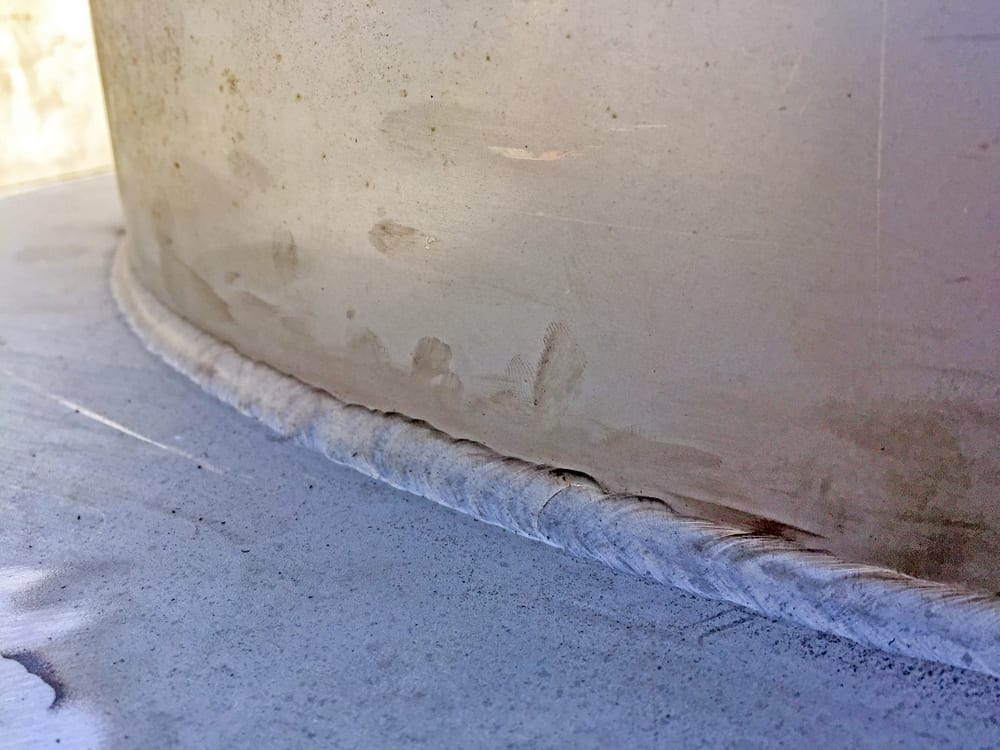Preventing Weld Undercut Made Easy: Trick Techniques Introduced
Preventing Weld Undercut Made Easy: Trick Techniques Introduced
Blog Article
Grasping the Art of Welding: How to Avoid Undercut Welding Issues for Flawless Fabrication Results
Effectiveness and precision are critical in the world of welding, where even the least imperfection can jeopardize the architectural honesty of a made piece. One common obstacle that welders face is undercutting, a problem that can damage a weld joint and lead to pricey rework. By recognizing the source of undercut welding and carrying out efficient methods to prevent it, welders can boost their craft to brand-new degrees of excellence (Preventing weld undercut). In the quest of flawless fabrication outcomes, understanding the art of welding to stay clear of undercut issues is not simply an ability but a necessity for those pursuing perfection in their job.
Understanding Undercut Welding

To avoid undercut welding, welders ought to make certain correct welding parameters, such as readjusting the existing, voltage, travel speed, and preserving the right electrode angle. In addition, making use of the suitable welding strategy for the particular joint arrangement is vital. Using weaving activities or backstepping strategies can help make sure proper weld metal deposition and lower the chance of undercut development. Routine assessment of welds during and after the welding procedure is also vital to catch any kind of undercut early and make necessary adjustments to stop more defects. Preventing weld undercut. By recognizing the root causes of undercut welding and executing preventative steps, welders can accomplish high-grade, structurally sound welds.
Root Causes Of Undercut in Welding
Recognizing the aspects that contribute to damage in welding is important for welders to produce high-quality, structurally sound welds. Poor welding existing or wrong welding speed can additionally contribute to damage. Recognizing these reasons and carrying out correct welding techniques can aid protect against damaging problems, guaranteeing strong and durable welds.
Techniques to Prevent Undercutting

To mitigate the danger of undercutting in welding, welders can utilize tactical welding methods intended at improving the top quality and honesty of the weld joints. Additionally, home using the proper welding technique for the particular joint arrangement, such as weave or stringer grains, can add to reducing undercutting.
Utilizing back-step welding methods and controlling the weld grain profile can likewise help distribute heat uniformly and reduce the danger of undercut. Normal assessment of the weld joint throughout and after welding, as well as carrying out quality assurance actions, can aid in addressing and spotting damaging problems quickly.
Relevance of Correct Welding Criteria
Picking and preserving suitable welding parameters is vital for attaining successful welds with very little issues. Welding parameters refer to variables such as voltage, present, travel speed, electrode angle, and shielding gas flow rate that directly impact the welding process. These parameters should be thoroughly changed based on the kind of product being welded, its density, and the welding strategy used.
Correct welding specifications make certain the correct amount of warmth is put on melt the base metals and filler product consistently. If the parameters are set expensive, it can result in too much warm input, triggering spatter, distortion, or burn-through. On the various other hand, if the parameters are also reduced, incomplete blend, absence of infiltration, or damaging may happen.
Quality Control in Welding Workflow

Conclusion
Finally, understanding the art of welding needs a detailed understanding of undercut welding, its reasons, and methods to avoid it. By making sure appropriate welding parameters and carrying out high quality assurance techniques, perfect fabrication results can be accomplished. It is crucial for welders to constantly pursue quality in their welding procedures to avoid undercut problems and generate premium welds.
Undercut welding, a common flaw in welding procedures, occurs when the weld metal does not properly load the groove and leaves a groove or clinical depression along the bonded joint.To prevent undercut welding, welders must make certain appropriate welding criteria, such as adjusting the present, voltage, traveling rate, and keeping the right electrode angle. Poor welding incorrect or current welding rate can likewise contribute to damage.To reduce the risk of damaging in welding, welders can utilize strategic welding strategies aimed at improving the top quality and stability of the weld joints.In verdict, understanding the art of welding calls for a comprehensive understanding of undercut welding, its reasons, and strategies to prevent it.
Report this page